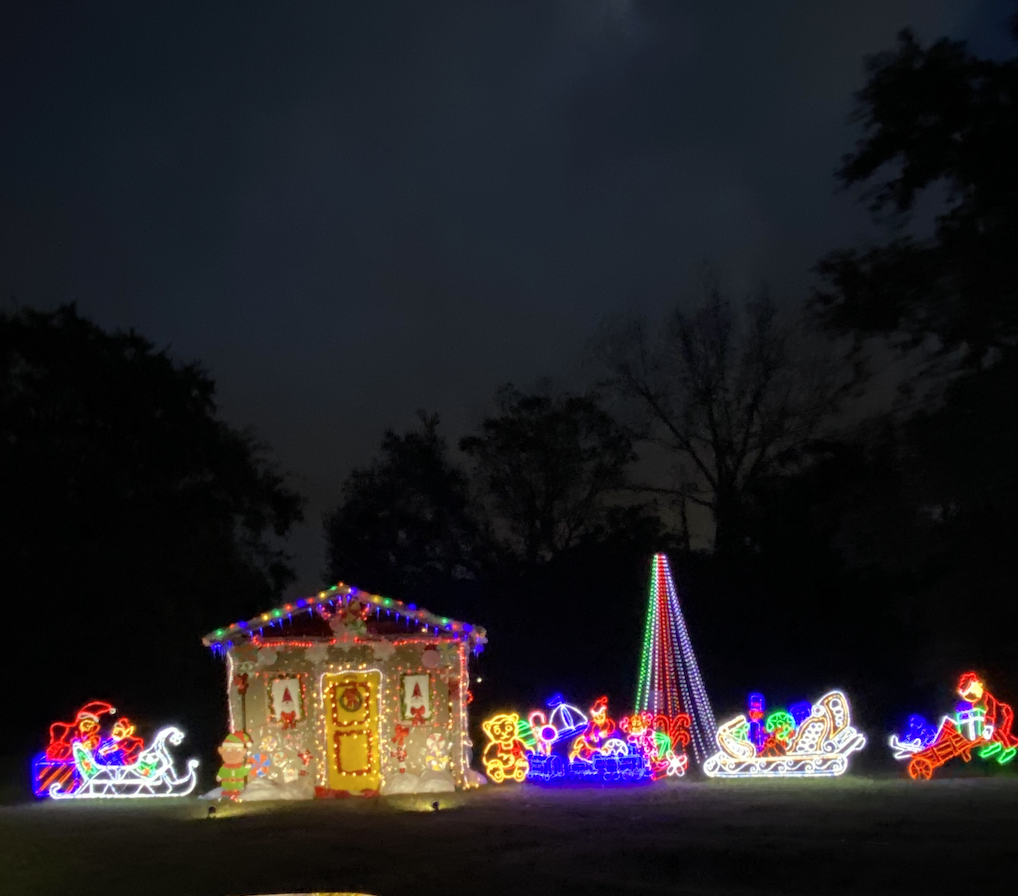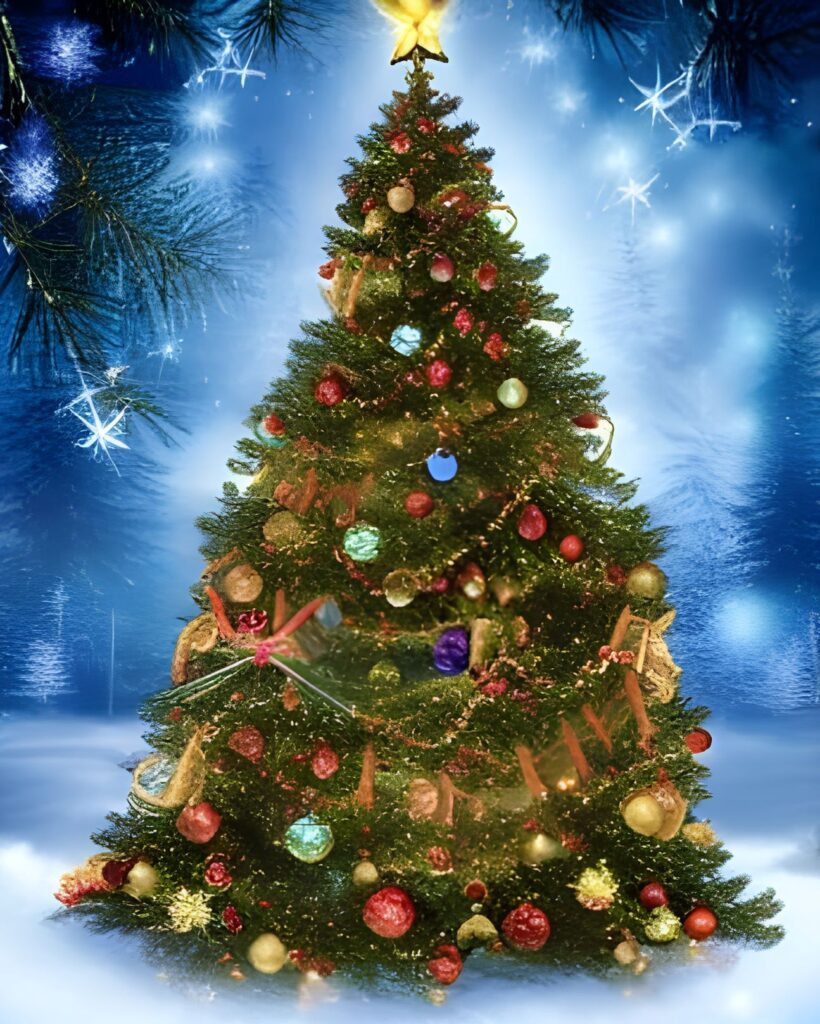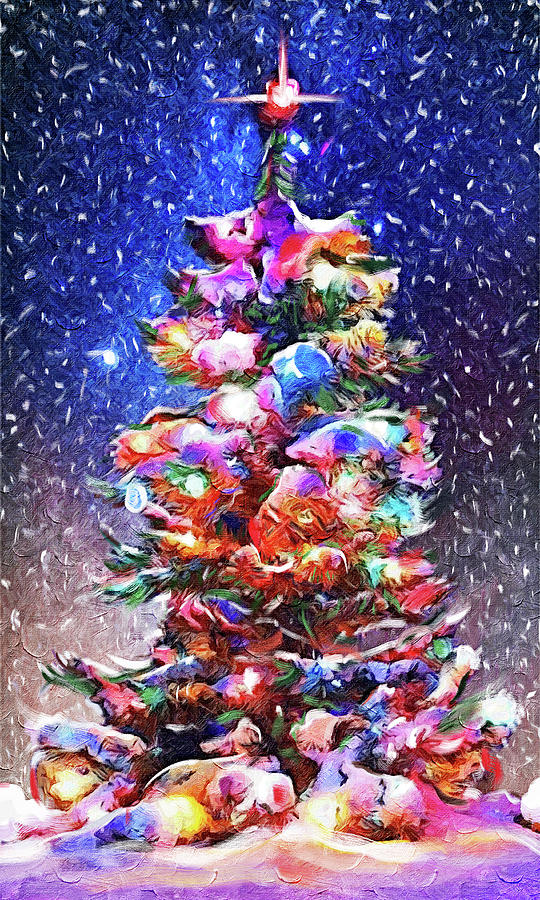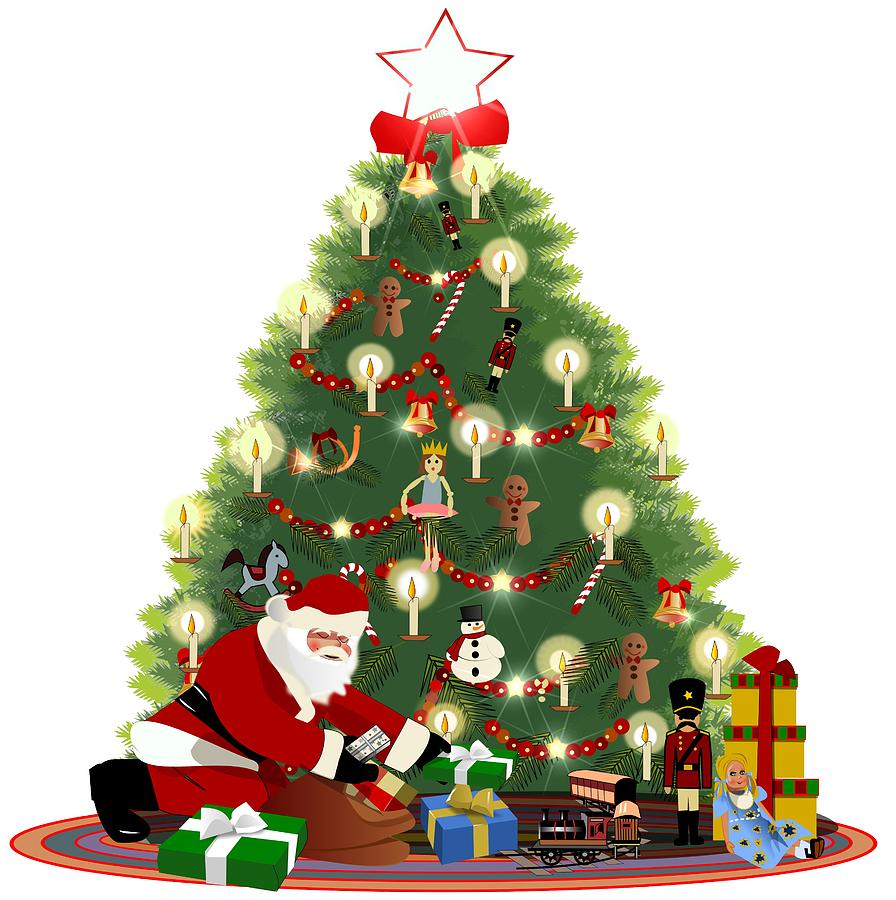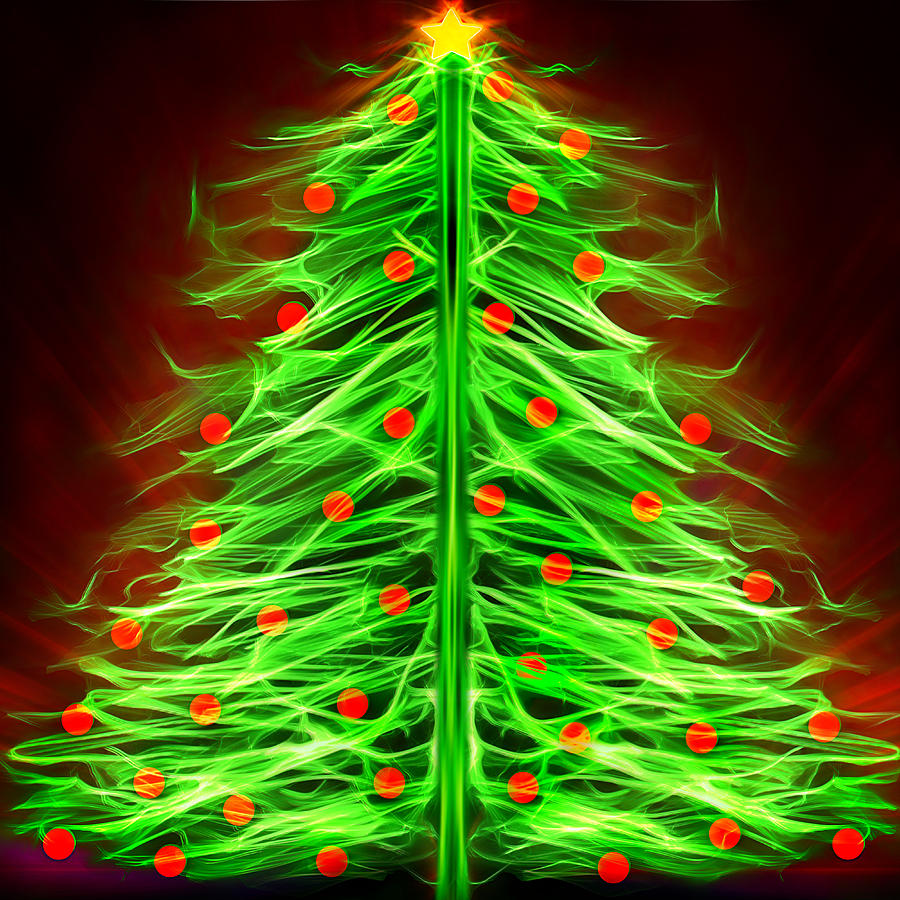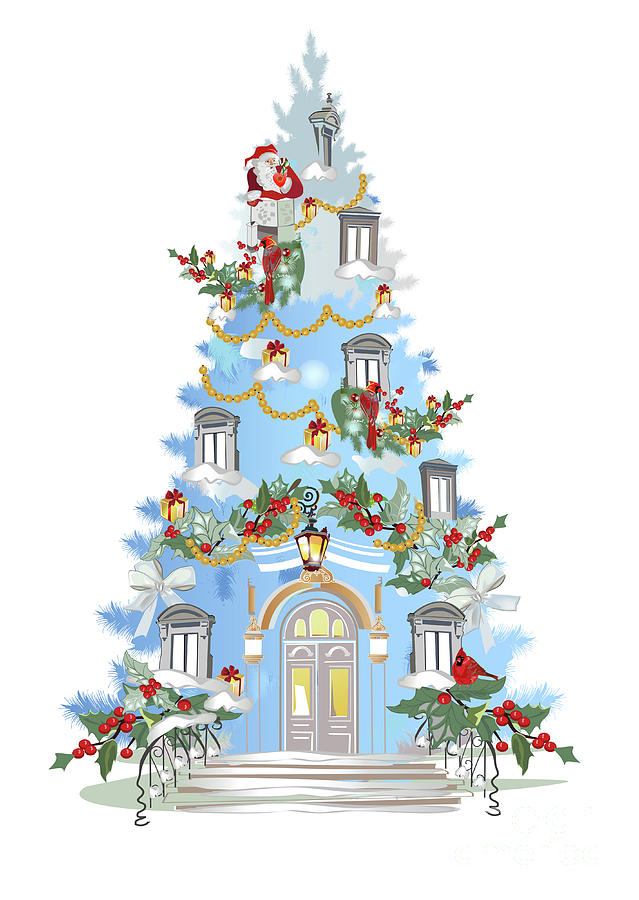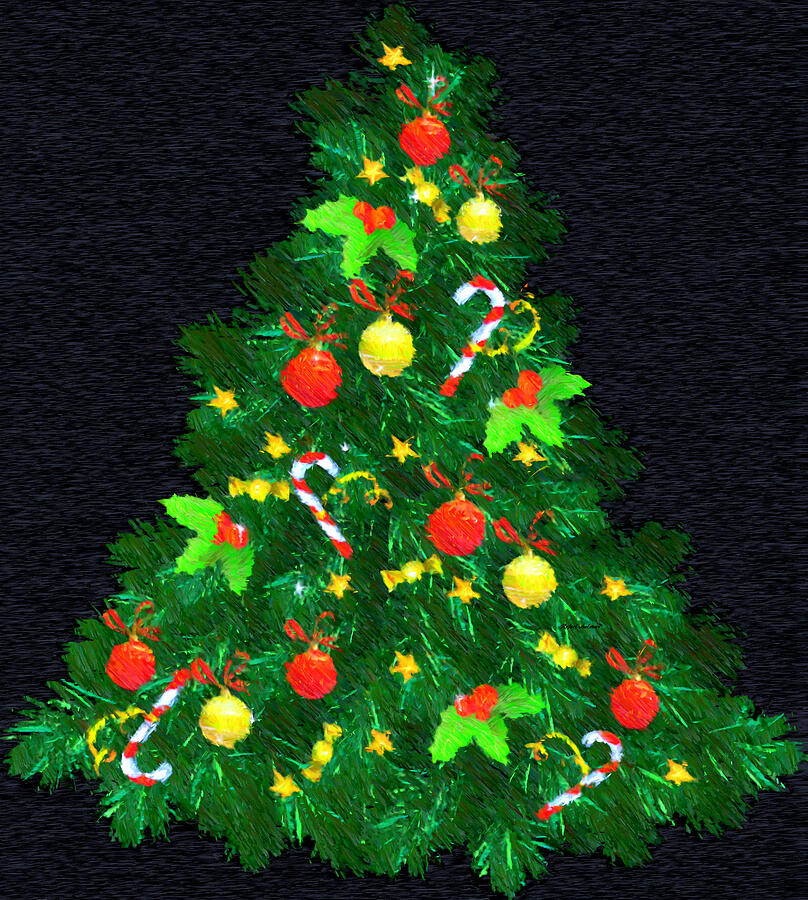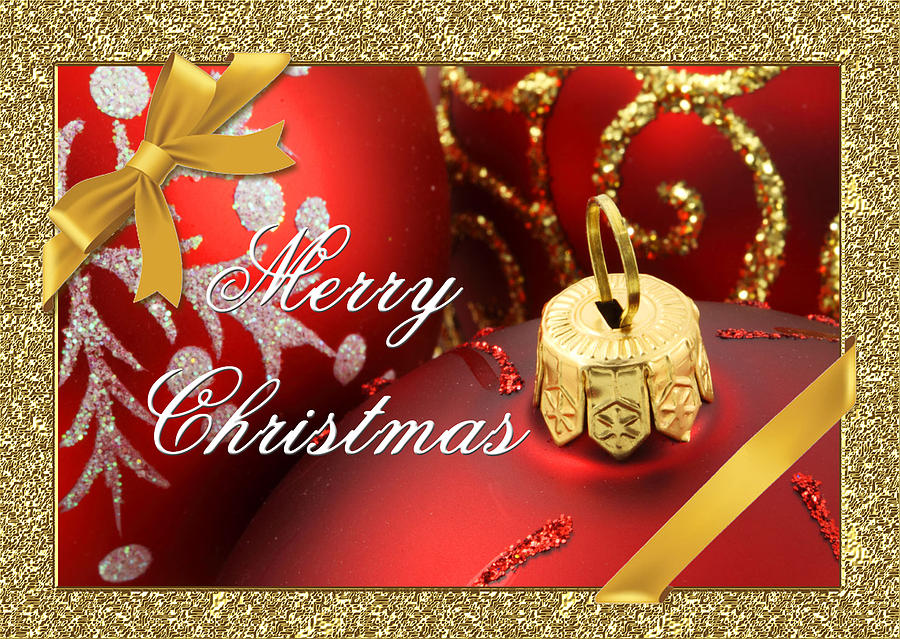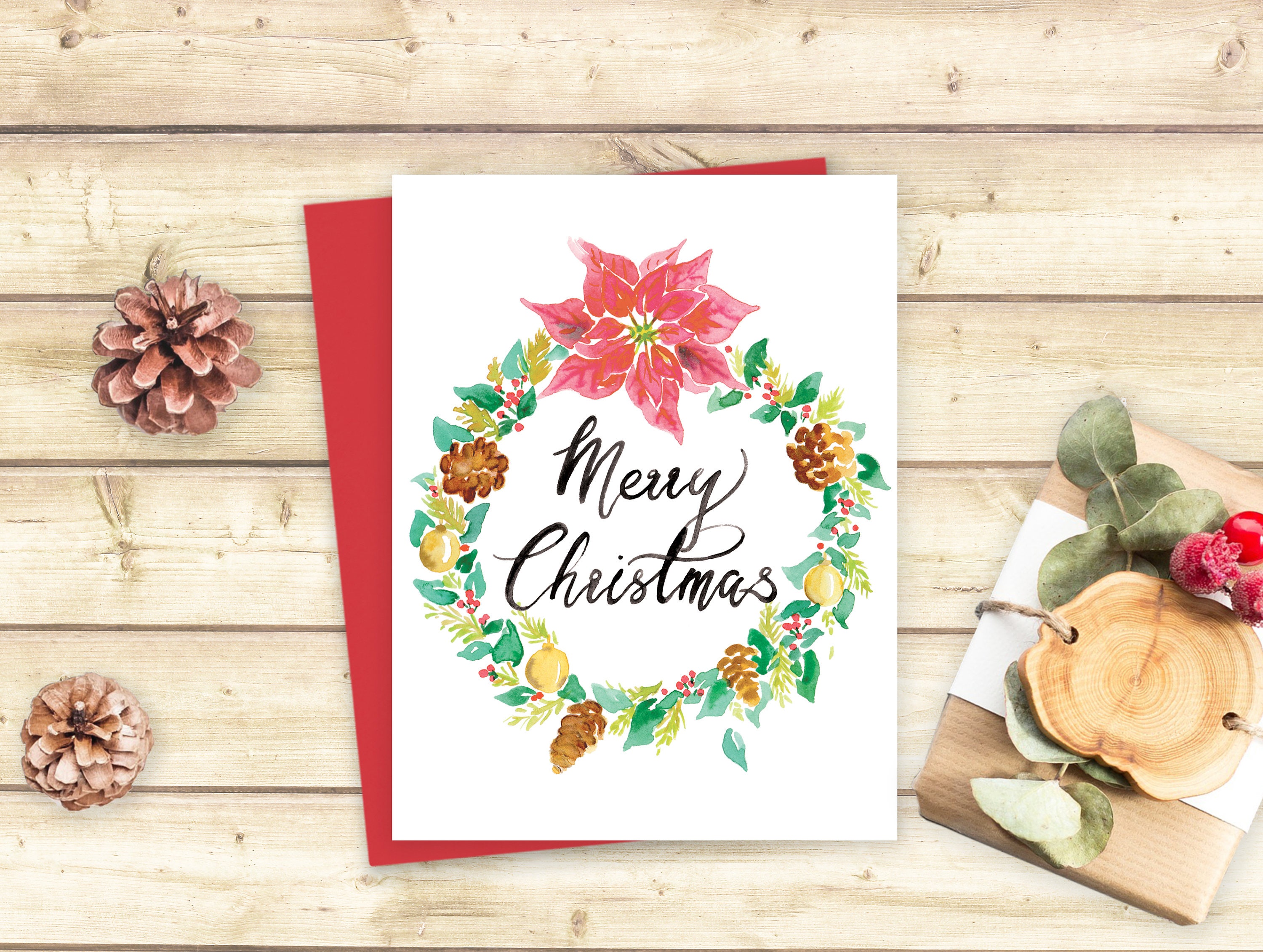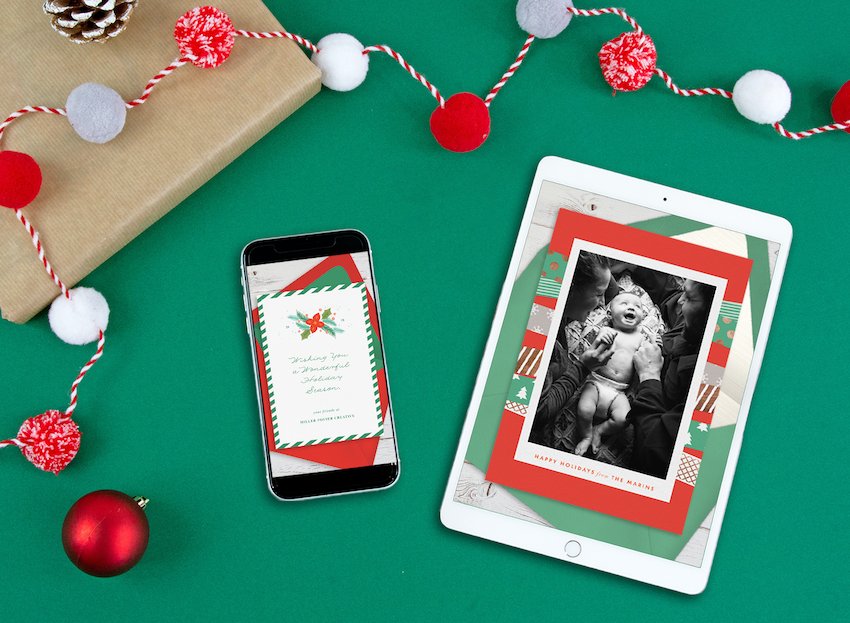A Festive Tapestry: Exploring The Materials Of Christmas Wreaths
A Festive Tapestry: Exploring the Materials of Christmas Wreaths
Related Articles: A Festive Tapestry: Exploring the Materials of Christmas Wreaths
Introduction
With great pleasure, we will explore the intriguing topic related to A Festive Tapestry: Exploring the Materials of Christmas Wreaths. Let’s weave interesting information and offer fresh perspectives to the readers.
Table of Content
A Festive Tapestry: Exploring the Materials of Christmas Wreaths
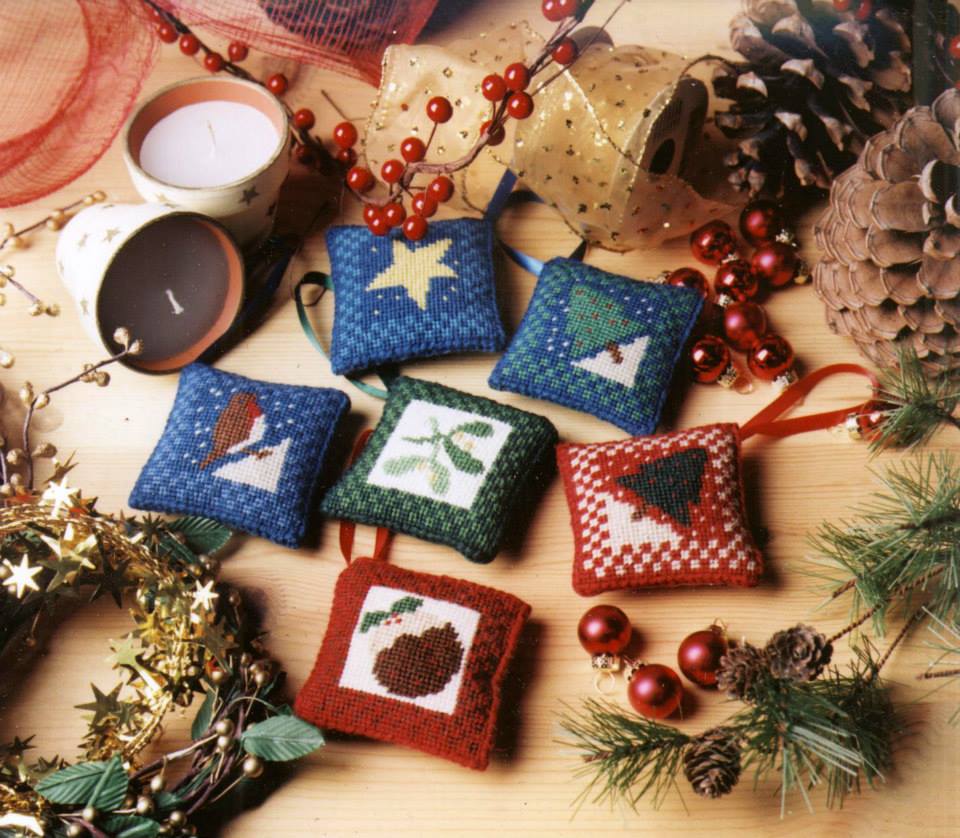
The Christmas wreath, a timeless symbol of the holiday season, transcends its decorative purpose. It embodies a rich history, cultural significance, and a fascinating interplay of materials. From the traditional evergreen boughs to the modern, innovative designs, the materials used in crafting a Christmas wreath offer a glimpse into the evolving traditions and aesthetics of the holiday.
Evergreens: The Foundation of Tradition
The evergreen, with its enduring green foliage even in the depths of winter, represents resilience, hope, and the promise of new life. This symbolic association makes it the quintessential material for Christmas wreaths.
- Pine: The most common evergreen used in wreaths, pine offers a classic aroma and a soft, textured appearance. Its needles, depending on the variety, can range from short and fluffy to long and sharp.
- Fir: Known for its strong fragrance and dense, symmetrical branches, fir offers a more formal and structured aesthetic. Its needles are typically flat and soft, making them pleasant to touch.
- Spruce: With its sharp, pointed needles and distinctive cones, spruce provides a rustic and rugged look. Its branches are sturdy and can be easily shaped, making it ideal for larger wreaths.
- Cedar: Offering a distinct, woodsy aroma and a deep green color, cedar is prized for its durability and resistance to pests. Its needles are small and scale-like, providing a unique texture.
- Yew: Traditionally used in wreaths for its dark green foliage and red berries, yew symbolizes life and immortality. However, it is important to note that yew is poisonous and should be handled with caution.
Beyond the Evergreens: Expanding the Palette
While evergreen boughs form the foundation, modern wreath designs incorporate a diverse range of materials to create unique visual and textural experiences.
- Berries: Bright red berries, such as holly and winterberry, add pops of color and a touch of festive cheer. Their glossy finish and natural beauty enhance the visual appeal of the wreath.
- Pinecones: Pinecones, with their natural geometric shapes and rustic textures, offer a grounding element to the wreath. They can be used in their natural state or painted for a more whimsical touch.
- Dried Fruits: Citrus slices, apples, and pomegranates add a touch of warmth and a delightful scent to the wreath. Their vibrant colors and natural textures provide a visually appealing contrast.
- Ribbons and Bows: Ribbons, in a variety of colors and textures, add a touch of elegance and sophistication to the wreath. They can be tied into bows, draped across the wreath, or used to create intricate designs.
- Ornaments: Glass, metal, or plastic ornaments, in a variety of shapes and sizes, can be incorporated into the wreath to add sparkle and visual interest.
- Twigs and Branches: Twigs and branches, such as birch, willow, and dogwood, offer a natural and rustic aesthetic. They can be used to create a base for the wreath or to add textural interest.
- Natural Elements: Dried flowers, seed pods, and other natural elements can be incorporated into the wreath to add a touch of whimsy and texture.
Crafting a Christmas Wreath: A Balancing Act
Creating a harmonious Christmas wreath requires a careful balance of materials, colors, and textures. The goal is to achieve a visually pleasing and festive design that reflects personal taste and style.
- Color Palette: Consider a color scheme that complements the overall décor of the home. Traditional colors like red, green, and gold evoke a classic Christmas feel, while more modern palettes offer a fresh and contemporary twist.
- Texture and Shape: Play with different textures to create visual interest and depth. Combine smooth berries with rough pinecones, or delicate ribbons with sturdy evergreen branches. Experiment with different wreath shapes, from round and traditional to asymmetrical and modern.
- Balance and Proportion: Ensure a balanced distribution of materials throughout the wreath. Avoid overcrowding the wreath with too many elements, as this can make it appear cluttered.
FAQs: Unveiling the Mysteries of Christmas Wreath Materials
Q: What are the best evergreen types for Christmas wreaths?
A: The best evergreen for a wreath depends on personal preference and desired aesthetic. Pine offers a classic aroma and soft texture, fir provides a formal and structured look, spruce offers a rustic and rugged aesthetic, and cedar is prized for its durability and distinct aroma.
Q: How do I preserve natural materials for a Christmas wreath?
A: Fresh evergreens can be preserved by spraying them with a commercial wreath preservative or a homemade solution of glycerin and water. Dried fruits can be preserved by drying them in a dehydrator or oven.
Q: What are some creative ways to use non-traditional materials in a Christmas wreath?
A: Non-traditional materials can be used to create unique and personalized wreaths. Consider incorporating items like vintage ornaments, fabric scraps, or even repurposed materials like old maps or sheet music.
Tips for Crafting a Memorable Christmas Wreath
- Start with a strong base: Use a sturdy wreath form, such as a wire or foam ring, to support the weight of the materials.
- Use wire for secure attachment: Secure materials to the wreath form using floral wire or wire ties.
- Layer materials for depth and texture: Arrange materials in layers to create a visually appealing and multi-dimensional wreath.
- Experiment with different textures: Combine smooth and rough textures to create a balanced and interesting design.
- Consider the overall aesthetic: Choose materials and colors that complement the décor of the home.
Conclusion: A Symphony of Materials and Tradition
The Christmas wreath, a testament to the enduring power of tradition and creativity, is a canvas for expressing personal style and celebrating the spirit of the holiday season. From the timeless elegance of evergreen boughs to the modern interpretations with unique materials, the Christmas wreath is a captivating symbol of festive cheer and a reminder of the enduring beauty of nature. By understanding the materials and techniques involved in crafting these festive adornments, we can create wreaths that not only adorn our homes but also embody the spirit of the season.





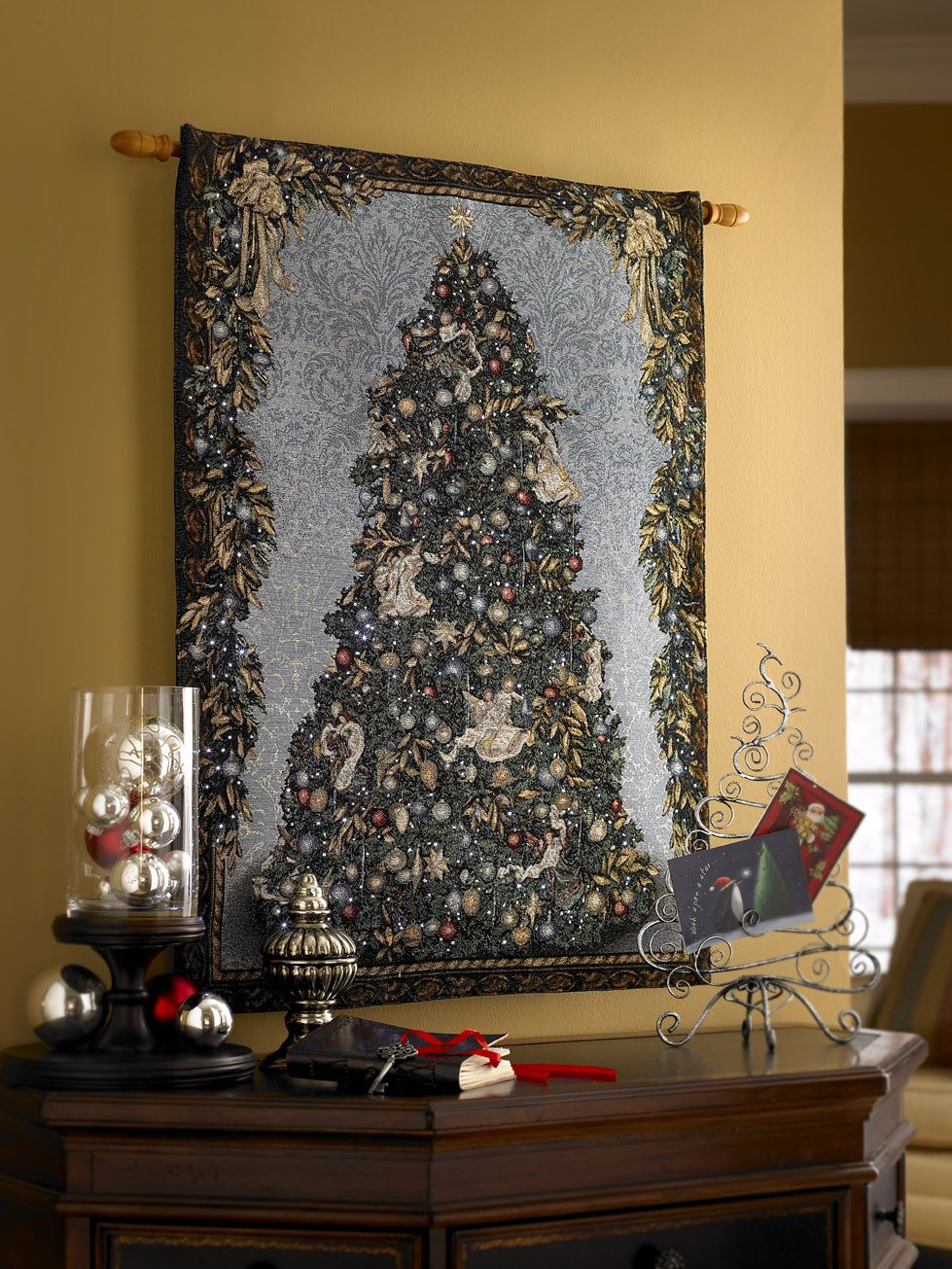


Closure
Thus, we hope this article has provided valuable insights into A Festive Tapestry: Exploring the Materials of Christmas Wreaths. We appreciate your attention to our article. See you in our next article!
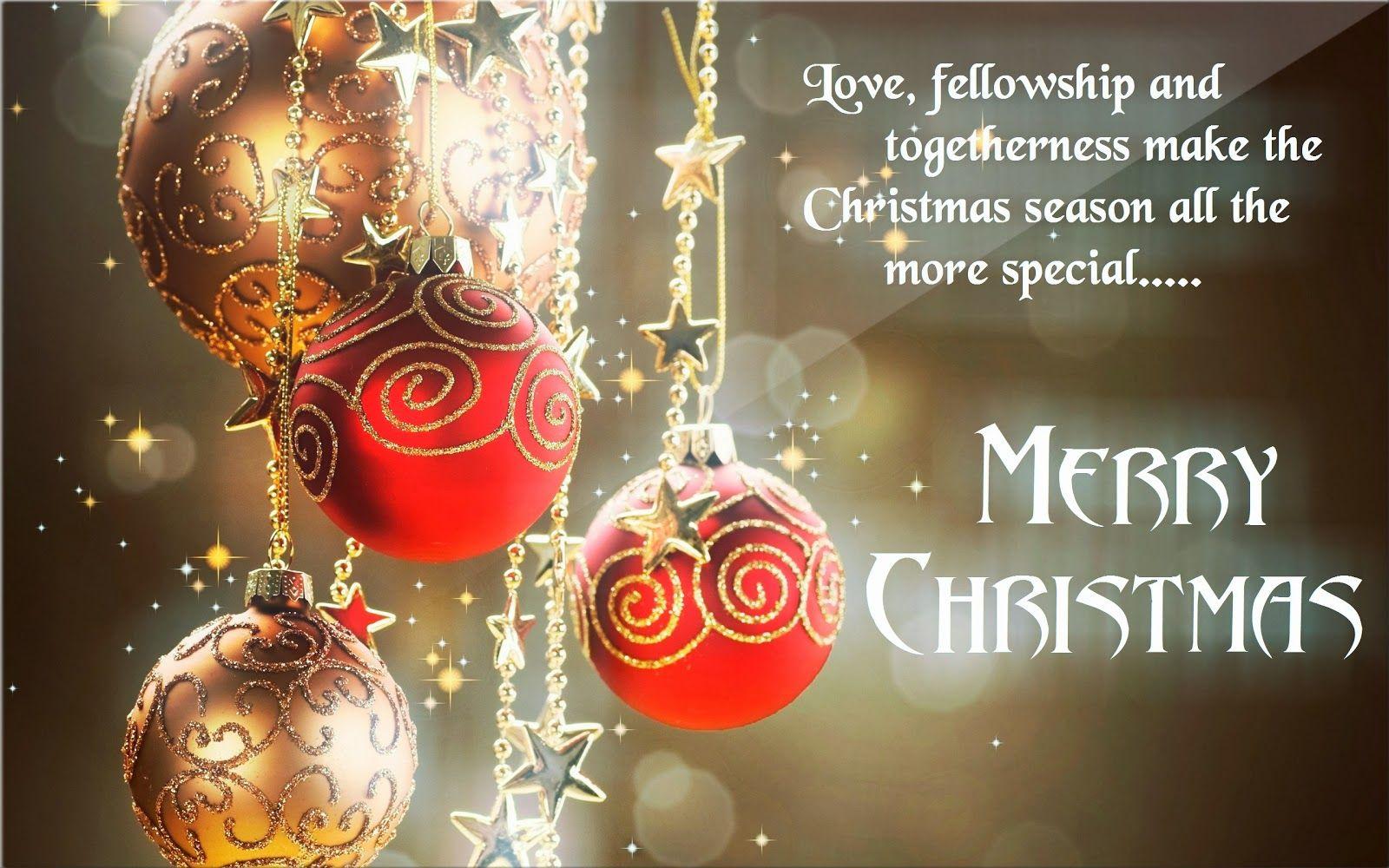







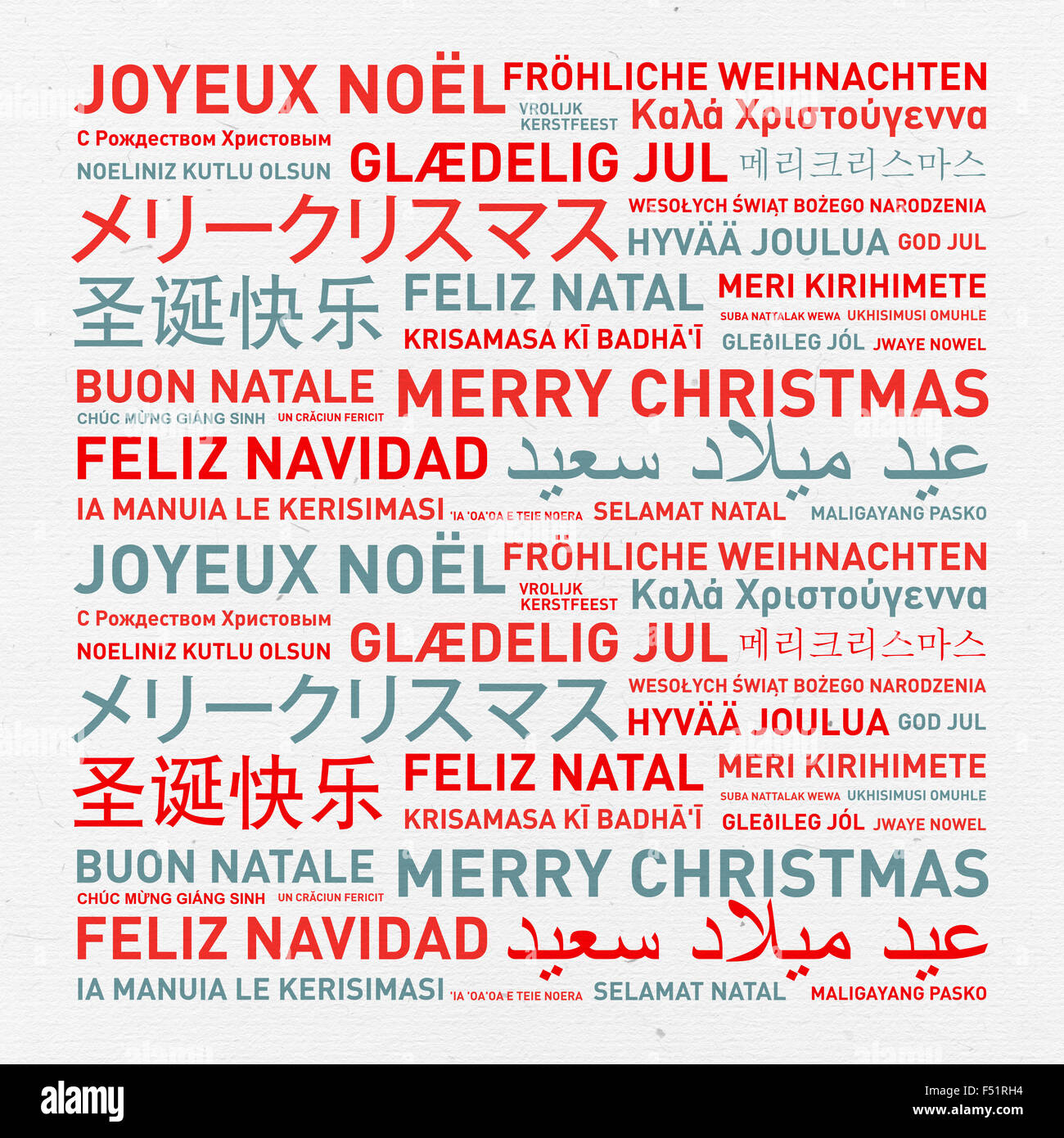
![Louisiana Holiday Trail Of Lights & Christmas Festivals [VIDEO]](https://townsquare.media/site/160/files/2013/11/Christmas-lights-Photo-by-Cameron-Spencer-Getty-Images.jpg?w=600u0026h=0u0026zc=1u0026s=0u0026a=tu0026q=89)




